
Introduction
Hey everyone, DarkArbiter here again to bring you another decklist. Unlike my last decklist, today’s deck will not be a brewers deck (I plan on getting back to brewing relatively soon though, so stay tuned for that) but instead will be a tried and true decklist that I have been piloting on the ladder through the last couple of seasons.
As a mid-budget player, I’m constantly making alterations to decks to fit within the cards I have while still keeping true to the concept and focus of the deck, and this deck is no exception. I’ve often looked at Warrior Control and the steep price for crafting the deck and moved on. However, after attaining some of the key essential cards that make the deck work, I finally made a budgeted version of it.
Since Hunter Aggro has all but disappeared on the ladder, and with even Hunter Midrange making its way out the door (thanks to the nerfing of Unleash the Hounds), now is a great time to reintroduce this deck type back into the meta. Since this is an article on a budget deck, I’m going to show the deck I based mine off of, show the changes I made and what I swapped out for what, and then show the difference in crafting cost by the end.
Here is the Warrior Control deck I am using as a basis for my decisions. This is a very solid version that conveys the purest concept of what Warrior Control is trying to accomplish. While there are certainly newer and updated versions of Warrior Control, this as good as any a place to start and has withstood the changes made to the meta. So, without any more delaying, let’s get into my version of the deck.
The Deck
When making this deck I was worried that the changes I made would drastically reduce the amount of options I had for controlling the board. Therefor, I decided to not worry about that and strengthen the mid-game of the deck, making it easier to go into the late game with fewer finishers.
Before I go into the swaps I made, I want to take a look at what has remained the same in each deck, especially the legendaries. Despite this being a budget deck, in the end I had to admit that there was no real way of replacing every single legendary and epic in this deck, so I kept those I thought were critical to its success.
After cutting almost all of the legendaries out, I feel that ragnaros-the-firelord and ysera are irreplaceable in this deck. Both are massive threats when summoned and demand an immediate answer. In addition, both of their powers alone can either seal the victory for you in the late game or swing the tempo back in your favor.
I debated for the longest time one whether or not to keep shield-slam in this deck, but considering it is the best single-target removal in the deck, not much else would be able to replace it. It helps to halt your opponent’s tempo and, comboed with shield-block, is often capable of dealing with most mid and late-game threats, which is huge for only one mana.
Other than that, the other cards that I kept the same are pretty standard both for a warrior and a control deck. armorsmith is there to combo with most of your creatures to help maintain your health by constantly giving you armor points. This is a great two-drop and should almost always be kept in your opening hand.
The other two drop you should almost always mulligan for is probably my favorite general weapon, fiery-war-axe. This is a wonderful early-game weapon that has the damage output of a fireball or two frostbolt for half the cost. It also has the side benefit of keeping your minions alive longer so that they can keep up board pressure.
There are a ton of other combos to talk about, and most of them can be witnessed on louisfriend’s Journey to Legend videos. I recommend watching some of them to get an idea of how the basic combos work and how the deck functions in a competitive setting.
Replacements
It was no easy feat finding the right cards for replacements for this deck. However, after studying some of the other control-based decks in the meta and comparing them with my options, I think the replacements work well.
The first and easiest replacement I can talk about is having arcanite-reaper in place of gorehowl. I will say that if you have the dust and plan on making changes to the deck, bringing in Gorehowl should be a top priority. Until then, this weapon works nearly as well for removing beefier late-game minions or for a final burst of damage to push through the win.
The harvest-golem is in here to take over frothing-berserker‘s spot, and like its replacee requires tough trades in order to remove it from the board or can make favorable trades itself.
The chillwind-yeti are here as a replacement for the senjin-shieldmasta. While this may not actually reduce the cost of the deck, they help make up for the loss of cairne-bloodhoof while also comboing with some of the other new additions to the deck.
One of these in particular is the pair of defender-of-argus. They may not directly replace a specific card in the deck, but they provide a better defense against aggro decks and allow you the choice of where you want your taunt to be. Chillwind Yeti or Harvest Golem are probably your most preferable cards to give the taunt to, but in a pinch don’t be afraid to cast this card on an empty board if you don’t have any other minions at hand.

The lone sunwalker in this deck can be considered a spiritual replacement for Cairne Bloodhoof. I’ll admit that I haven’t paid much attention to this card before, but having played it am now able to appreciate the value you can get out of it. At worst, it will eat a removal like Hex or Polymorph, allowing you to play your legendaries with less restraint. At best, it can be used to stabilize your board and will often trade for at least a couple of minions before dying.
The last change I made, and probably the one change many will wonder about, is the card faceless-manipulator. My best explanation is that it is an incredibly useful card, allowing you to get a copy of whatever card you have on the board that you need an extra of at the time. Some of the prefered options are to get another Armorsmith on the field for extra armor or to copy one of your legendaries to double their effect. It is a cheap way of getting another legendary in the deck and keeps your momentum driving forward. I honestly don’t see an easy replacement for this one considering all of the legendaries that have already been cut. If you don’t have this card, you might try a second Sunwalker, but it definitely won’t be as effective and your win rate with this deck may drop as a result.
Match Ups

Token Druid
As the number of Hunter decks have started to decline on the ladder, this deck is starting to pop up more and more frequently. While most midrange decks would have trouble against the larger creatures this deck spawns, this deck has the advantage in keeping your health high with your hero power and other cards that provide you with armor. Conserve your removal for the late game and develop your board state early with your Armorsmiths and Acolyte of Pains. Hold on to Defender of Argus and Sunwalker for when you really need them, preferably to stall a potential force-of nature+savage-roar combo.
Zoolock
Still the deck to beat, Zoolock will provide you with one of your harder challenges. I honestly consider this matchup is basically a coin toss. Assume your opponent will be playing this deck when you face a Warlock on the ladder. Mulligan heavily for your Fiery War Axe and Harvest Golem, as they will keep you stabilized long enough to bring out your bruisers like Chillwind Yeti. After that, it’s all a matter of who can maintain board control and tempo longer than the other, and if it goes to late-game you should prevail.

Handlock
With the decline of Hunters, Handlock is now one of the dominating forces on the ladder, and for a good reason. I haven’t had a chance to go up against many Handlock decks, but the ones I have were devastating against this deck, so go in swinging but prepared to lose. If your area of the ladder is thick with this deck, I would consider switching Cleave out for a big-game-hunter. While this might bring the cost up slightly for the deck, you’ll need the removal for the giants you’ll go up against.
Shaman
Shaman decks have been fairly consistent in numbers recently, so watch out for them. As always, a Fiery War Axe and early-game Armorsmith play will keep their board clear while giving you the advantage of healing away any damage you may take. This, coupled with the Shaman’s inability to naturally heal himself will give you an edge in these matchups.
The one thing you need to watch out for is running out of answers for their ability to constantly lay down minions. While early aggression on your part may be required, don’t get too out of hand with your removal, as Shamans will usually have a decent tempo advantage. Trump’s Shaman Control in particular is quite devastating against this deck, so making favorable trades is crucial.
Mage Aggro
I’ve seen a fair number of Mage decks pop up recently on the ladder, and this one specifically. Against aggro decks, control decks will usually have a hard time in general. Getting out some early removal or minions that can efficiently trade will help you survive the early game and run the mage out of gas during the mid-game. If you can make it to that point intact, you will usually pull out the win.

Paladin
Sadly, I still haven’t seen many paladins on the ladder, but when you do face them they shouldn’t be too difficult to beat. My only advice is to play around the equality + consecration/wild-pyromancer combo, as that could devastate your board. Other than that, play like you normally would and keep up a steady tempo with board control.
Priest Control
The best way to play this matchup is to play around your opponent’s removal. Be careful about buffing up your Chillwind Yetis in this matchup, as shadow-word-death will ruin your day. Also try to play around their mind-control for as long as possible so they don’t steal your Ragnaros the Firelord or Ysera from you.
Miracle Rogue/Tempo Rogue
Against both of these decks, keeping taunts up is crucial to ensure you last to the late game. Avoid taking too many risks, and remove Miracle Rogue’s gadgetzan-auctioneer if they give you that chance. His card draw will keep the tempo away from you and get your opponent all the closer to unleashing their big Leeroy combo. If you suspect your opponent is playing a Tempo deck, mulligan for that Fiery War Axe, as it will keep their board as empty as possible.
Warrior/Mirror Match
Considering this is the budgeted version of a much more potent deck, the mirror match will usually be very tough, as your opponent will have better removal and more legendaries to aid them. If it isn’t a control deck, you will have the advantage in your removals being more effective. As always, Fiery War Axe is a must in the early game for removal, as is your Armorsmith.
Hunter
Ah hunters, where did they go? Since my last article, we’ve already seen two big shifts in the ladder meta, from Hunter Aggro over to Hunter Midrange to a decline in Hunters. This is all thanks in part to the changes made to unleash-the-hounds. This was a change I was both happy and sad about; happy because I considered the card undercosted for what it was able to do, but also sad because I did enjoy my hunter variations I played, which are much less viable now with the nerfing of its most powerful card. Still the changes have shaken up the meta on the ladder, and now more decks are viable as a result.

Despite all of this, there are still some things you should watch out for when going up against a hunter. Mulliganing for your Fiery War Axe should take top priority as this will get rid of most of the early Hunter cards. Don’t be afraid to use a Shield Slam on your opponent’s Animal Companion, as you can’t allow them to develop a strong board state, lest they overwhelm you with smaller creatures. With the absence of Brawl in our deck, our only weapon against a full board is Whirlwind, and there’s only two of them in the deck so use them carefully. Also, despite its mana increase, you still have to watch out for an Unleash the Hounds combo, as it still is a very powerful card.
I’ve also noticed Hunters using snake-trap more and more, so test out the limits of the secret a Hunter plays to figure out what it is (Chris D.’s article provides more information on figuring out Hunter secrets, and I recommend reading it if you have trouble with this).
Comparing the Costs
The costs of both of the decks above are not for the faint of heart, as they are extremely expensive. For the first deck alone, the cost for crafting all of the legendaries will run you 9,600 arcane dust, and that’s for only 6 out of your 30 cards. The final tally for the first deck is a grand sum of…wait for it…11,840 arcane dust! While some of these cards are easier to come by than others, that is still a lot of dust and commitment for one deck.

Now, looking at my deck, we can see that the cost alone of the legendaries is severely reduced all the way down to 3,200 dust. The overall cost of the basic version of the budget deck should run you 5,220 dust, which is significantly cheaper. If you add in a gorehowl, as I suggest you do as quickly as you can, it will run you up another 400 dust, but even then this version of the deck shouldn’t cost your more than 6,000 dust to craft from scratch.
This is still a hefty sum for a single deck, but many of the cards used here can be used in multiple decks and are certainly worth obtaining. With a little patience you can reach that goal and be ready to play a fairly strong deck that has withstood the changes to the ladder.
Conclusion
Warrior Control is an expensive and difficult deck to obtain due to the number of expensive cards in the deck, and even the budget deck holds a hefty price to create. Nevertheless, it is such a fun deck to play and may be one of my favorite decks in Hearthstone at the moment. With this decklist, you should have the tools you need to start piloting the deck until you can stock up on those elusive legendaries.
If you have questions or comments about the article or the deck, feel free to email me at [email protected]. In addition, if you have a deck brew and would like to share it, feel free to email me with the list and basic idea of the deck. If I like it, I’ll try it out, and you could see your deck in a future article. Thanks for reading!



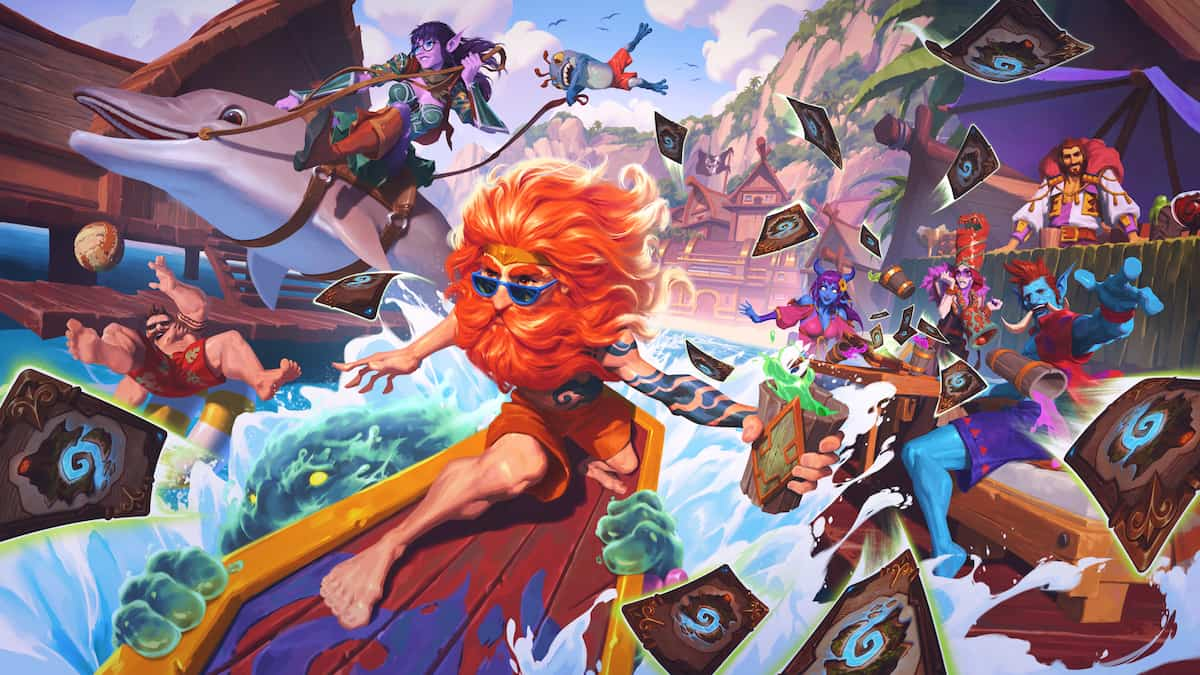
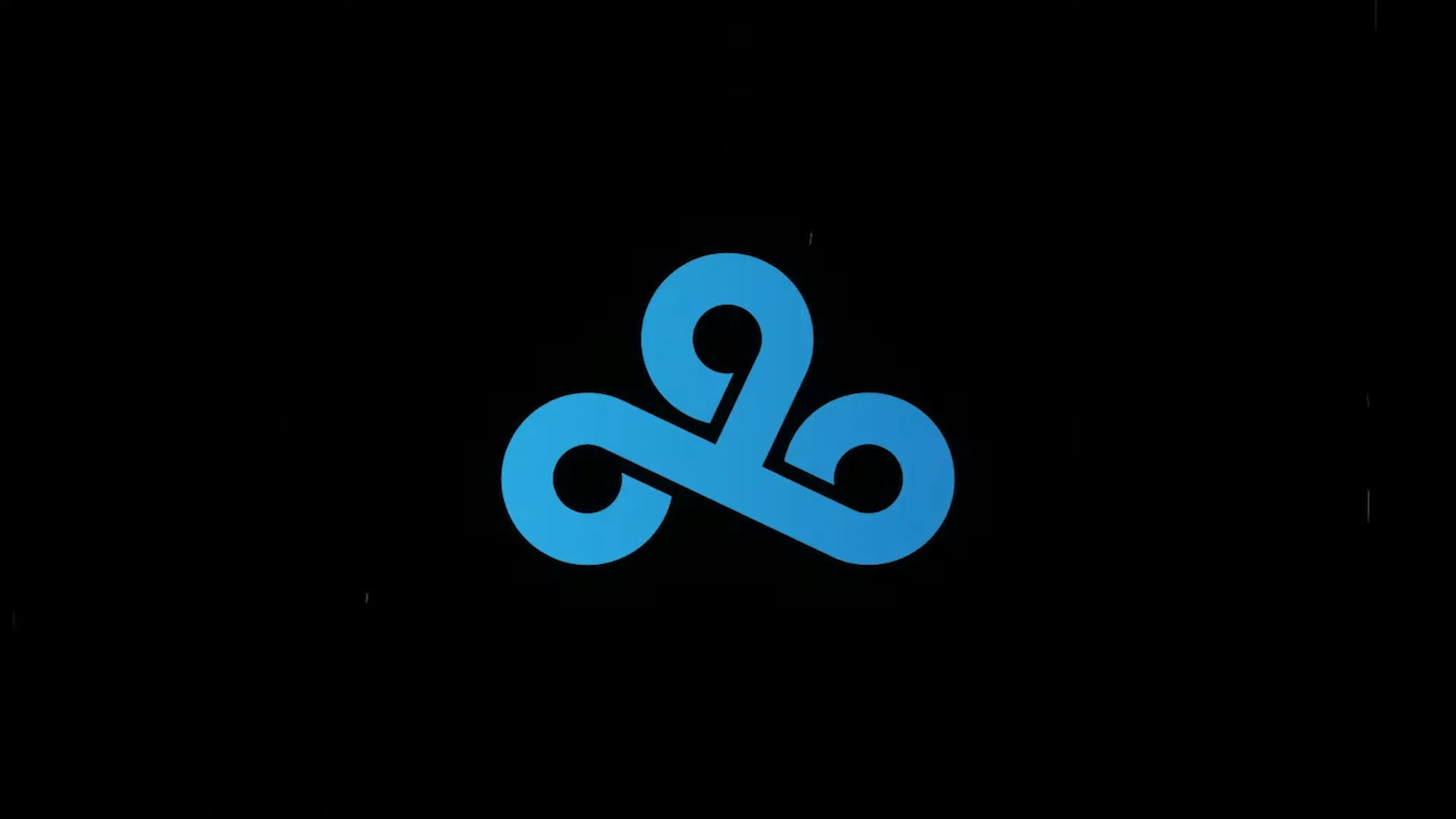
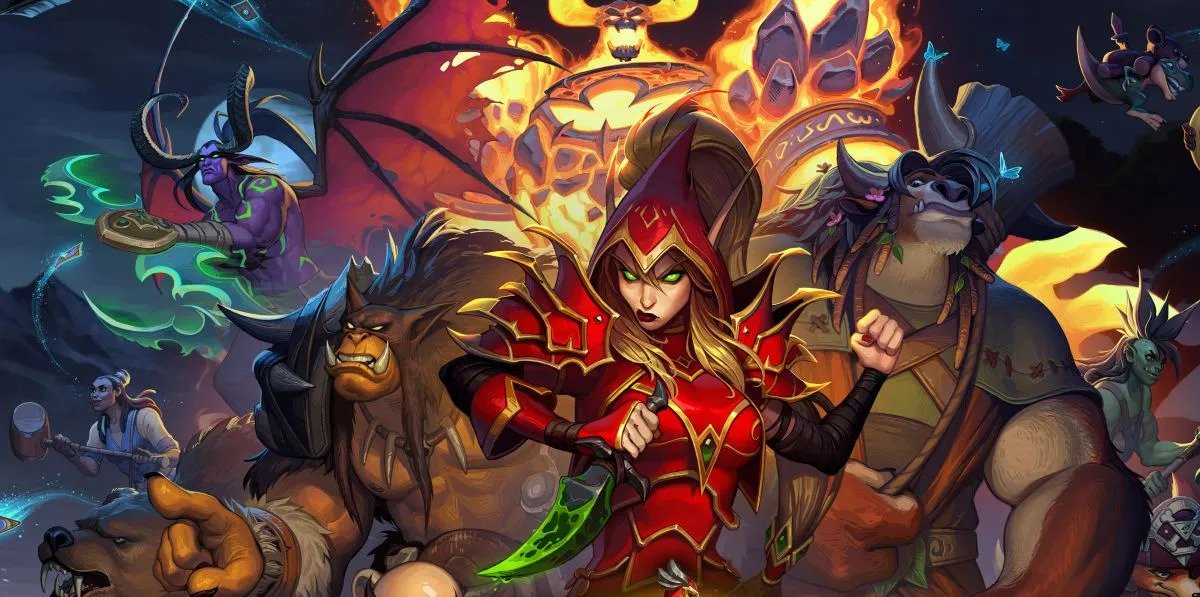
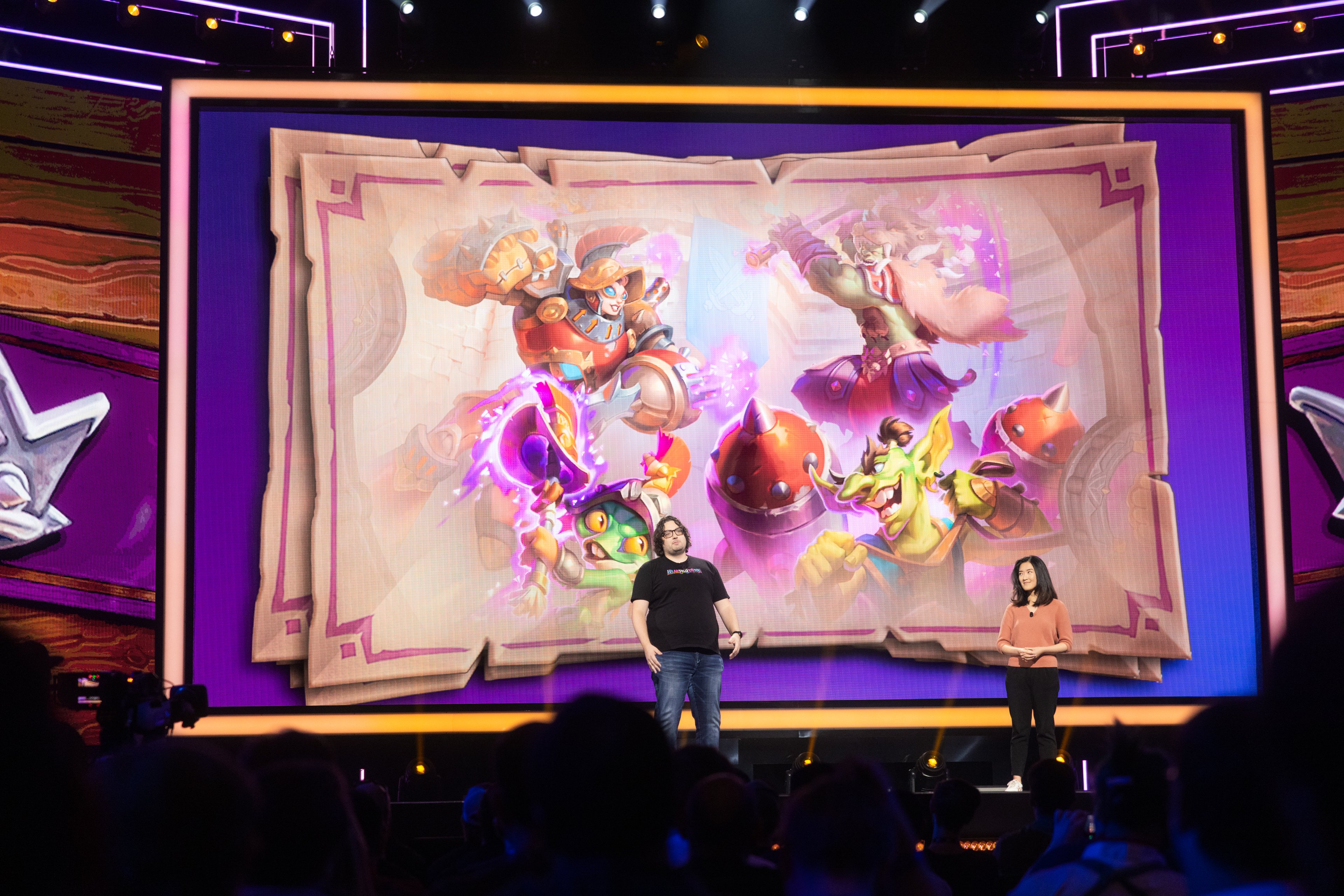
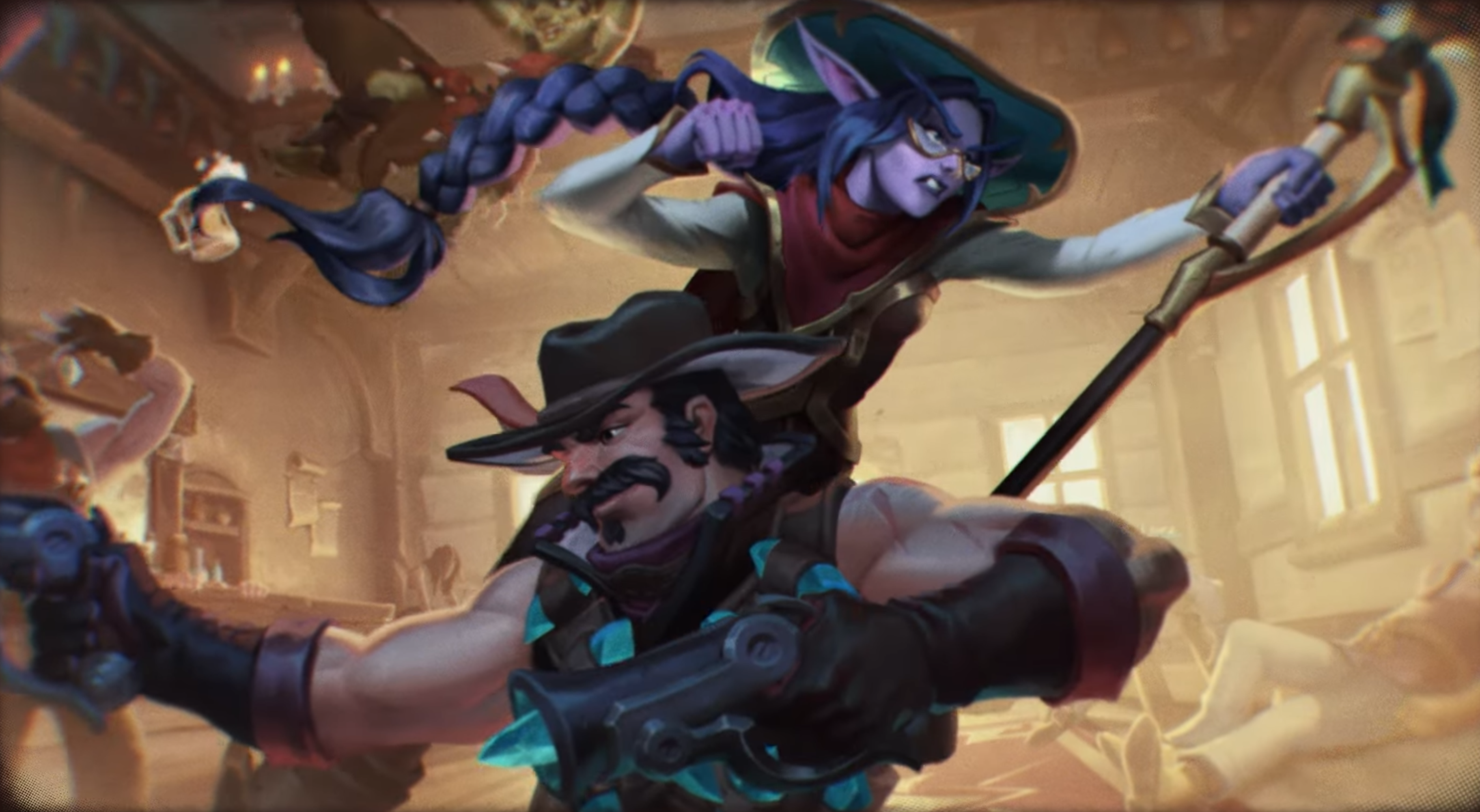
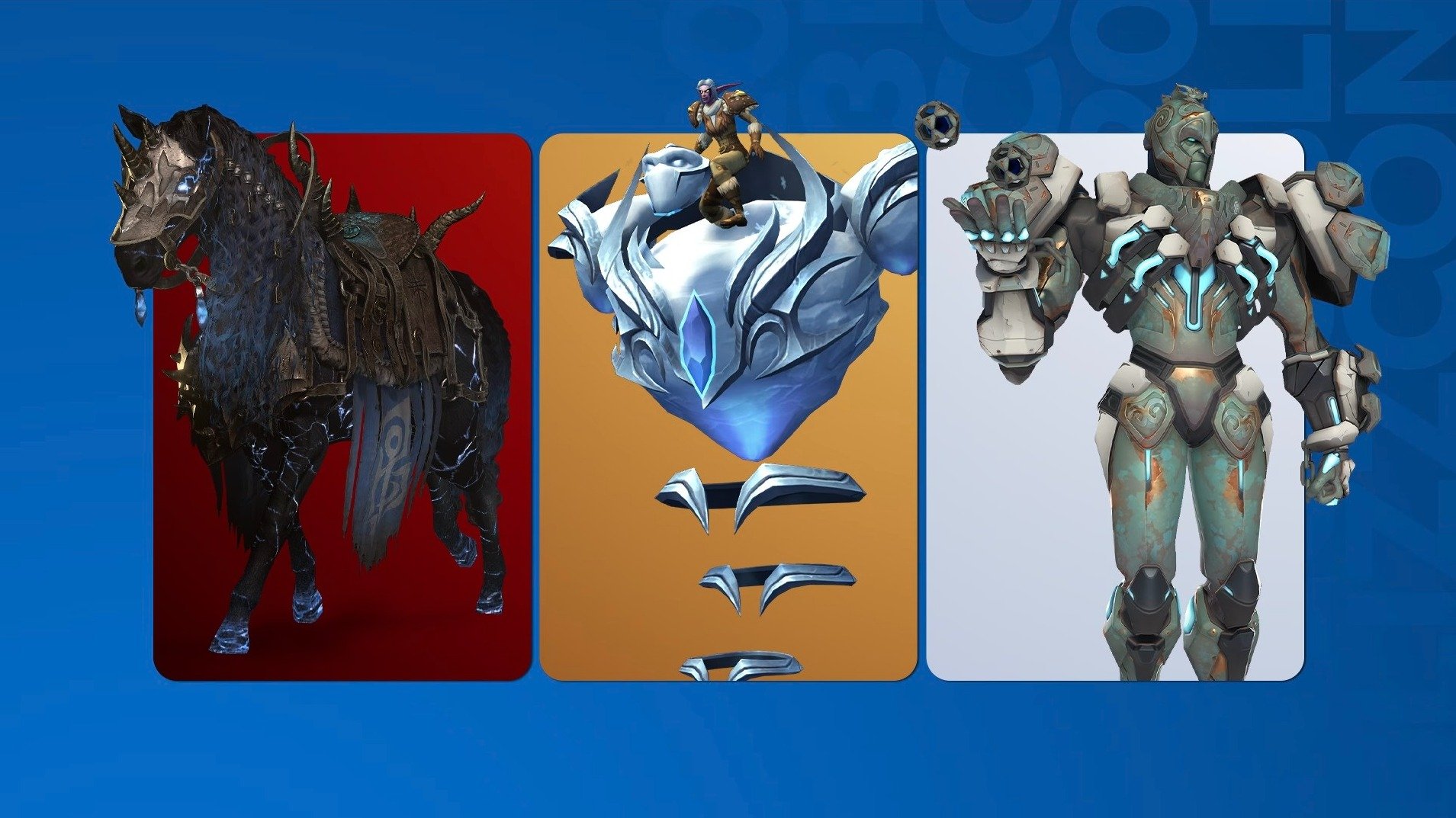
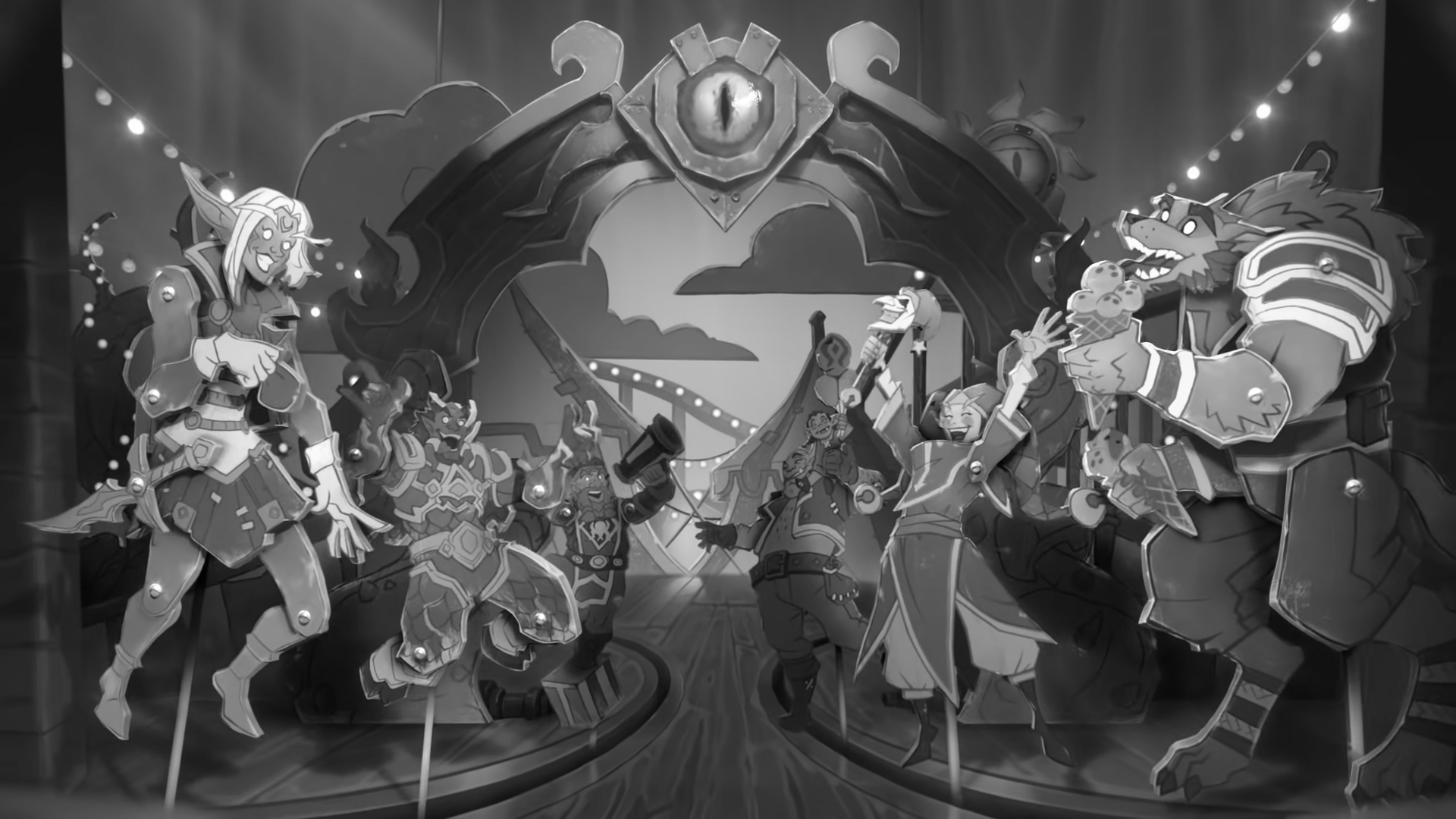

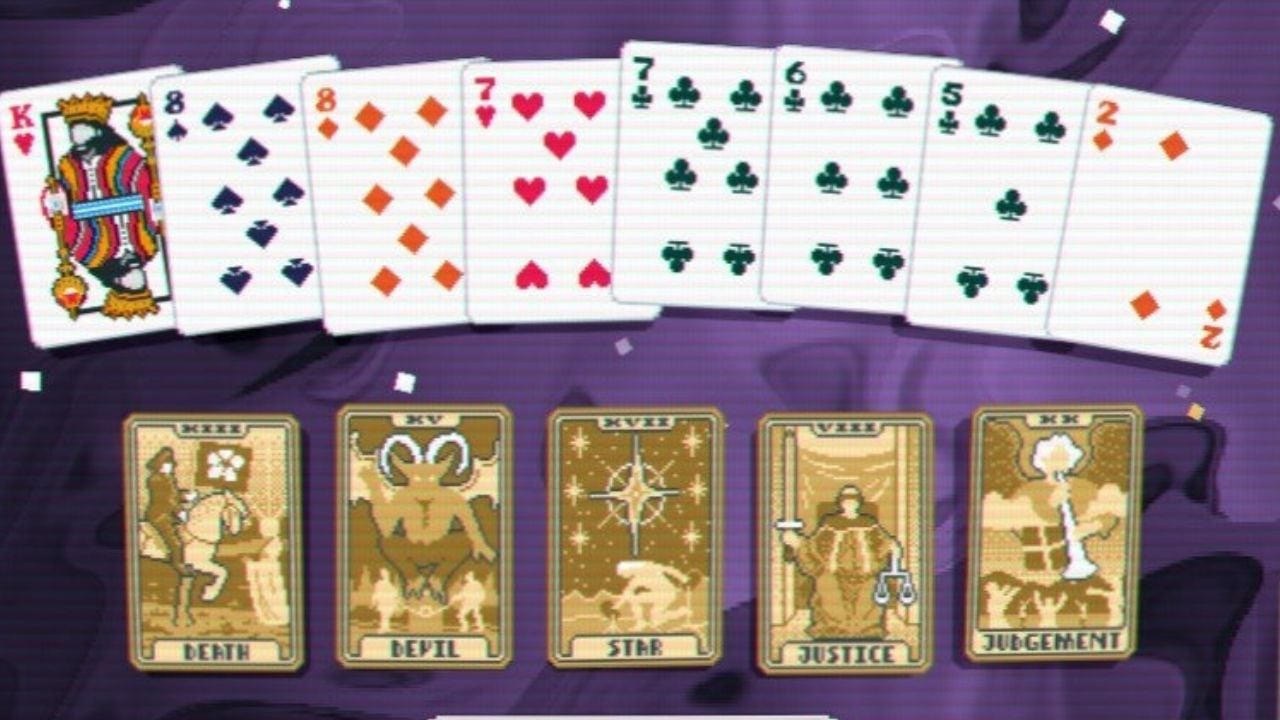
Published: May 30, 2014 07:30 am